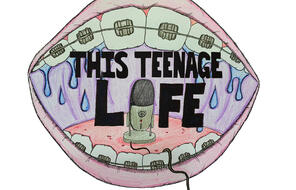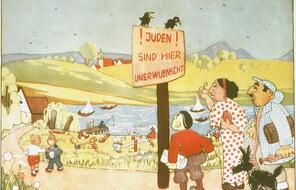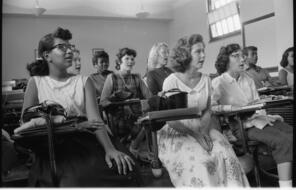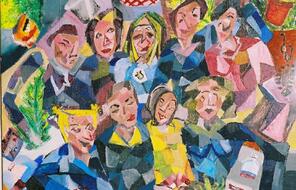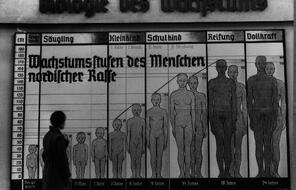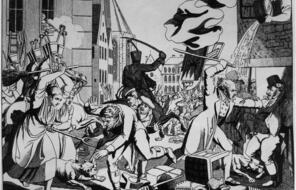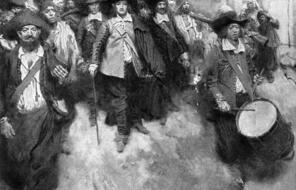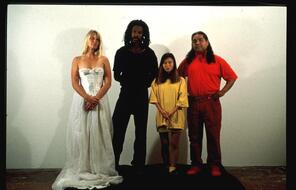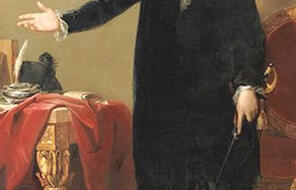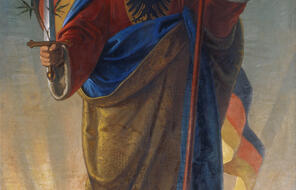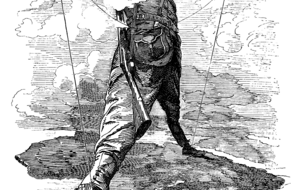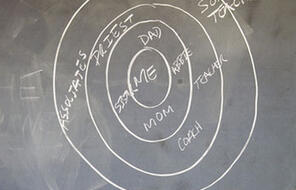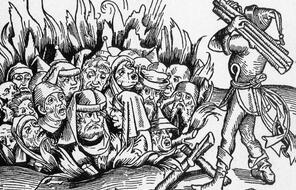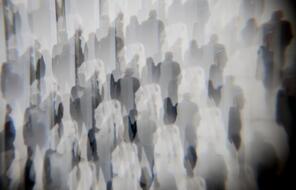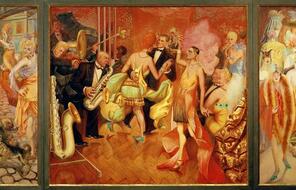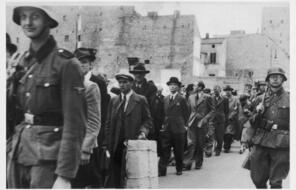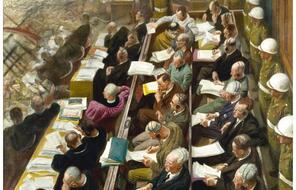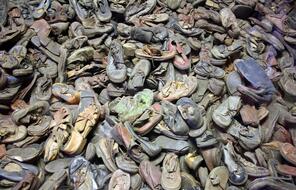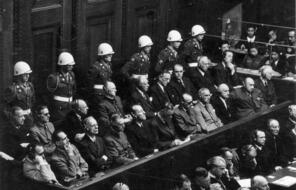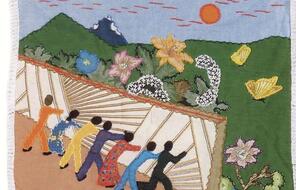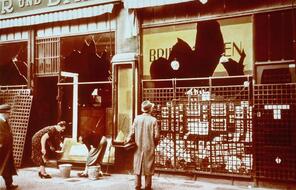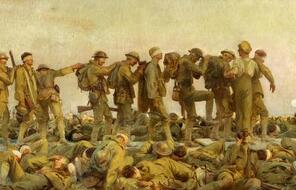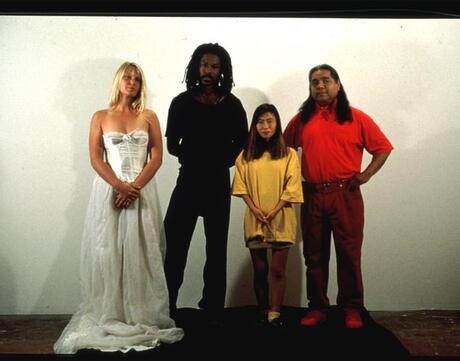
We and They
At a Glance
Language
English — USSubject
- Civics & Citizenship
- Social Studies
Grade
6–12- The Holocaust
Overview
About this Chapter
Who are “we”? Who are “they”?
The answers to these questions can have profound consequences, because they define who belongs and who does not. This chapter explores the human tendency to create “in” groups and “out” groups and the consequences of that behavior.
Inside this Chapter
Analysis & Reflection
Enhance your students’ understanding of our readings on "we" and "they" with these follow-up questions and prompts.
Unlimited Access to Learning. More Added Every Month.
Facing History & Ourselves is designed for educators who want to help students explore identity, think critically, grow emotionally, act ethically, and participate in civic life. It’s hard work, so we’ve developed some go-to professional learning opportunities to help you along the way.
Exploring ELA Text Selection with Julia Torres
On-Demand
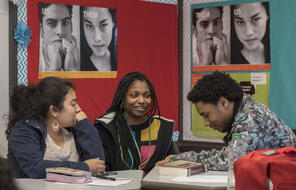
Working for Justice, Equity and Civic Agency in Our Schools: A Conversation with Clint Smith
On-Demand
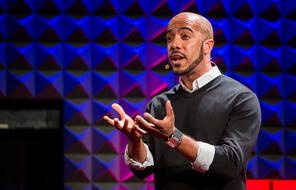
Centering Student Voices to Build Community and Agency
On-Demand
